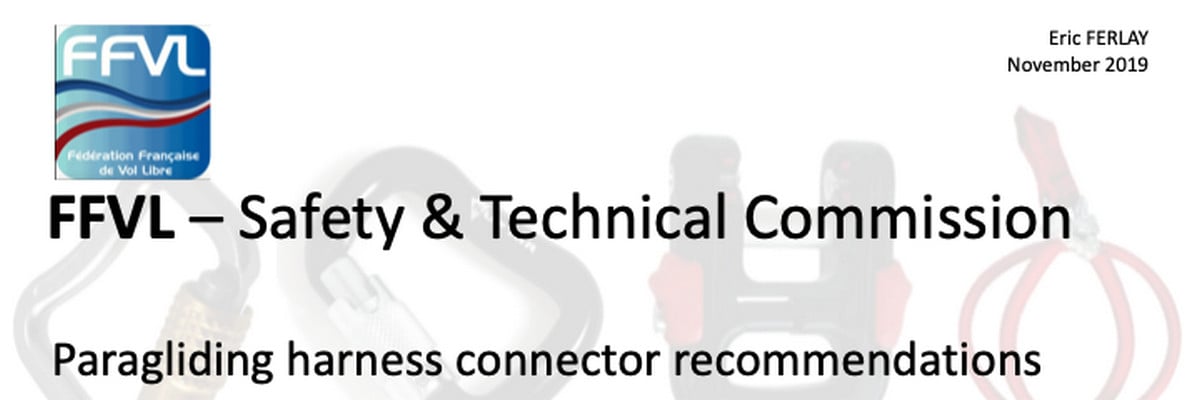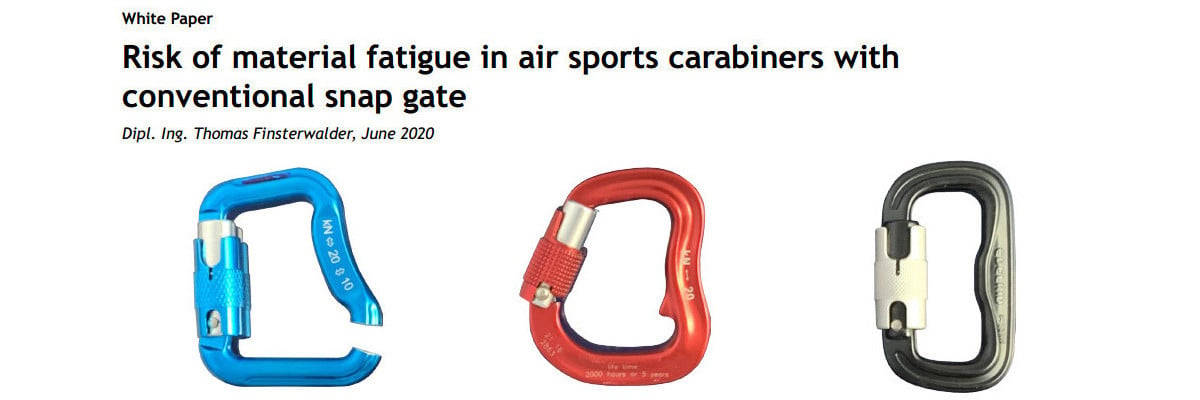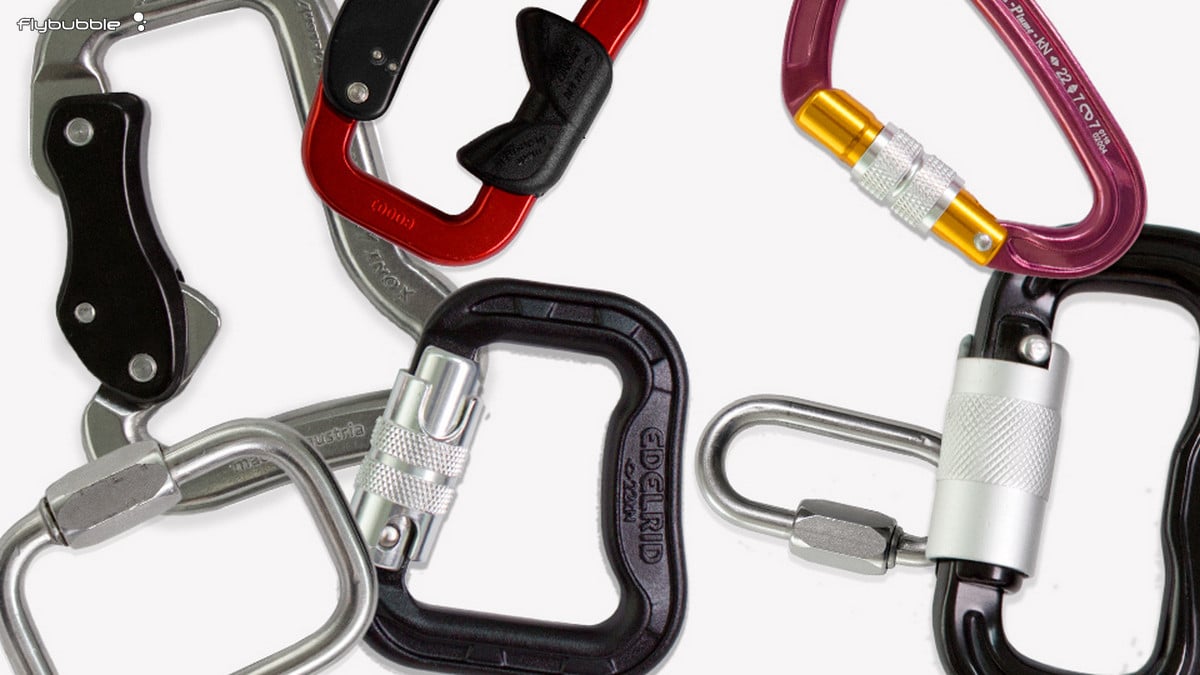
With so many different types and models of connectors to attach your wing, reserve or speed system, it's important to choose the right one for both your particular flying and one that matches the use you will put it to. In particular, our connections to our wing from our harness are the cornerstones of safe flight. If either connection fails, we're in big trouble.
In this series of articles we'll examine connection methods, talk about their advantages and disadvantages, and help you choose the right connectors. It's important to realise that there is no real "best method", as the overly simplistic question on a forum or social media channel asks, but a number of facts that lead to an informed choice for an individual.
NB - This series of articles is designed to help you make an informed choice on the connectors you use. It's not an exhaustive analysis, and so the more esoteric aspects of wear, damage mechanisms and metal fatigue1 have therefore been left out.
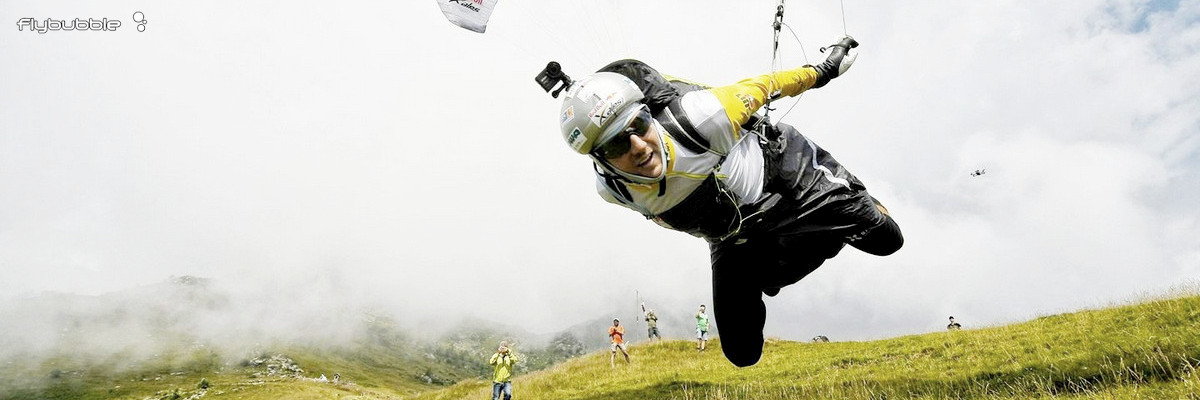
Connecting the wing
Paragliding, hang gliding, paramotoring and speed flying all use different equipment and therefore have, for the most part, different karabiners. There are four connection methods, and they all have their good and bad points.
The four choices are aluminium and steel karabiners, maillons and soft links. In the article linked to below, we'll look at all four in detail.
Read Connecting the wing
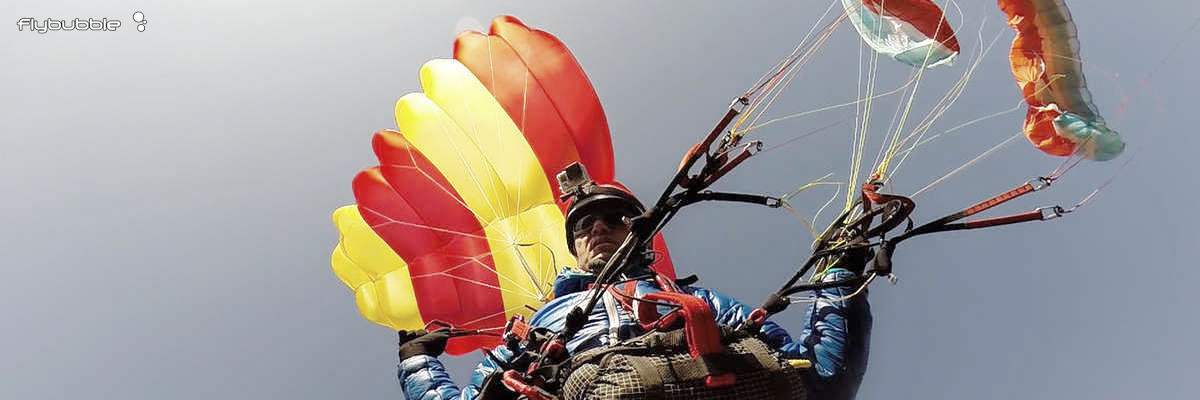
Connecting the reserve parachute
The harness to reserve connection is slightly more complicated as we have a number of places to attach the reserve to the harness, a number of places to stow it, and some harnesses are supplied with a bridle, or you may have to buy it.
Front mounted reserves may be attached to the main harness to wing connectors, adding another stage to the clip-in process that must not be forgotten. For rear, underseat or side mounted reserves, the attachment point is normally at the highest point of the shoulder straps, and this has the advantage of putting the pilot in a favourable position for a PLF2 post reserve deployment.
Tandem reserves will normally be attached to a point on the spreaders3.
Read Connecting the reserve parachute
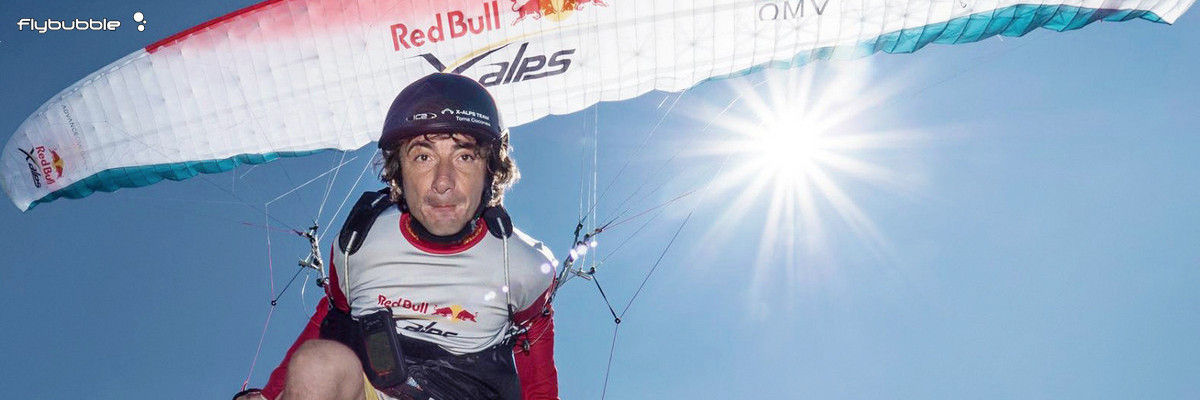
Connecting the speed system
The speed system is an integral part of your flying equipment. It's not a substitute for avoiding winds that are too strong, but more a device for helping you to fly at the best glide speed through sink and into headwinds.
There are various methods of connection, that cover everything from a lark's head tightened over a knot on the other side to the smallest of maillons and, the most common, Brummel hooks. Lightness, convenience and remaining secure are all factors in your choice.
Read Connecting the speed system
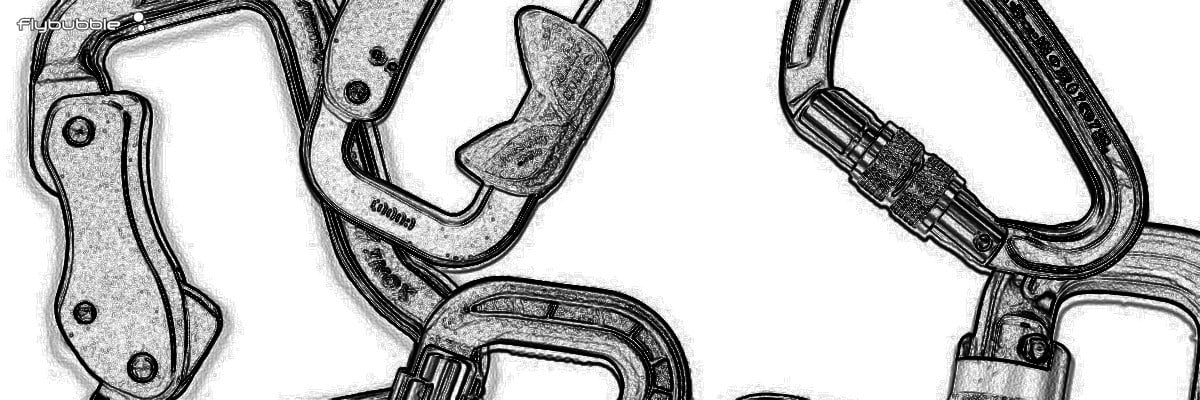
Using and caring for connectors
Connectors have important limitations on their life, so you may read of limits like 200 hours or two years, which need to be respected. It's not easy to perform the dye penetrant inspection or X-ray checks the aeronautic industry would do to check for fatigue problems so we placard a life on the connectors during which we know they will not appreciable change. When you purchase connectors, you will need to find out what the limitations are.
The harness connection point or the spreaders and the risers must be orientated correctly on the connector, and this needs to be checked in line with the manufacturer's instructions. Karabiners must never be loaded on the gate face and are usually loaded across the two faces adjacent to the gate.
Metal connectors must be protected from impacts on hard surfaces, scratches can lead to cracks and any crack that starts may propagate under cyclic loads. When the connector has a surface finish, like zinc plating or anodising, scratches to this damage the protection from corrosion. Folding connectors into soft material is one option before packing away, and if the connectors are subjected to a sudden impact on a hard surface, it's time to very seriously consider replacing them. Any visible damage signals the end of life for the connector. The same applies to any reduction in the correct functioning of the closure mechanism.
Soft links need to be inspected for damage to their fibres, both in terms of tearing and abrasion. They are prone to UV degradation, and changes to their dimensions due to wear. Closure mechanisms need to be 100% functional, or the connector is at the end of its life.
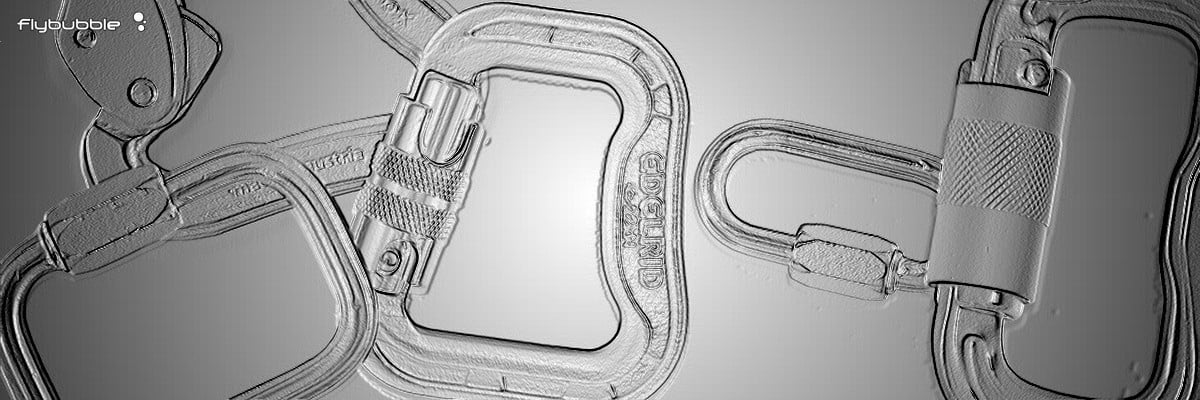
Failures, warnings, studies and further reading
We've seen some high profile karabiner failures in the past. It's important to distinguish between an account of a failure, and a rigorous investigation of the same. When examined in detail, failures have a root cause which is either misuse, use well beyond the placarded lifespan or a failure originating from damage.
For further general reading, there is a English version of the study conducted by Eric Ferlay on behalf of the Safety and Technical Commission of the French Free Flight Federation (Federation Francaise de Vol Libre, FFVL) here:
FFVL Safety & Technical Commission: Paragliding harness connector recommendations
There are in depth recommendations for every sort of use for karabiners.
If you are interested in the highly technical area of fatigue analysis, and want to know more about the testing, then this document from karabiner manufacturer Finsterwalder & Charly can be found here:
Risk of material fatigue in air sports carabiners with conventional snap gate
All the free flying associations have safety notices online about connectors in general and some specific ones relating to incidents. We would reiterate that the main lessons coming from these notices is to use the connectors correctly, look after them properly, and retire them at the end of their life.
Buy the right connectors
See our full range of connectors for freeflying, paragliding, speed flying, paramotoring and hang gliding.
1 - Metal fatigue - this is a phenomenon where a piece of metal has a load applied to it in repeated cycles, the load is nowhere near the limit load, but despite this it fails after a very large number of these cycles, catastrophically.
2 - PLF - Parachute Landing Fall.
3 - Spreader - the attachment to a tandem glider which then splits downwards into the two attachments for the pilot and passenger. A.k.a. "tandem spreaders".
Related reading
Choose The Right Connectors series:
Connecting the wing — Flybubble
Connecting the reserve parachute — Flybubble
Connecting the speed system — Flybubble
Choose The Right Equipment series:
Choose The Right Paraglider — Flybubble
Choose The Right Paragliding Harness — Flybubble
Choose The Right Reserve Parachute — Flybubble
Choose The Right Flight Instrument — Flybubble
Brought to you by Flybubble
Like what we do? The best way to support us is to buy gear from us and recommend us to others, thank you!

